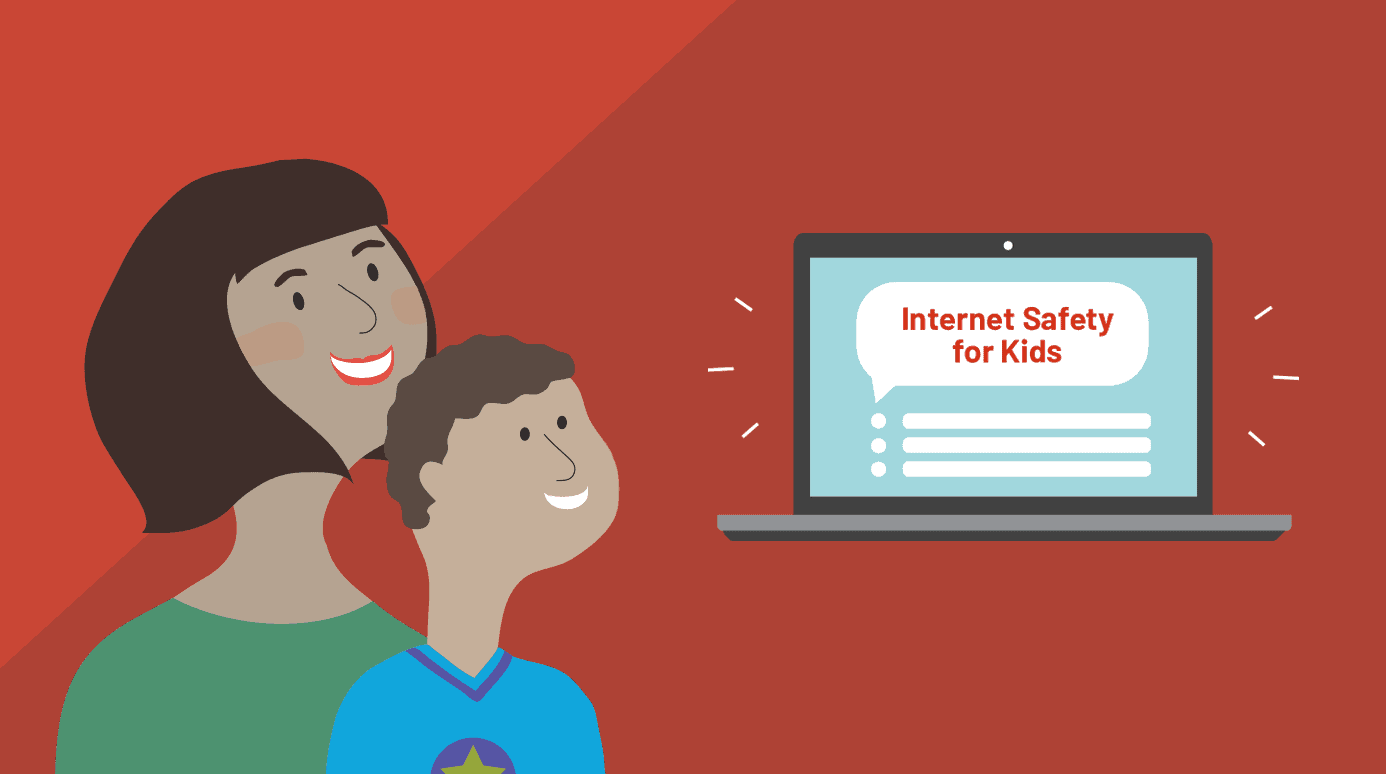
Cyberbullying is among the most common threats children, especially teenagers, have to face in the digital world. According to a study, 37% of youngsters have experienced cyberbullying, 23% admitted that they bullied someone online, and 60% have witnessed online bullying but chose to do nothing about it. Furthermore, only one in ten youngsters inform their parents or other trusted adults about cyberbullying. An important reason for rising incidents of cyberbullying is that smartphone and social media use has increased significantly over the past few years, especially for younger demographics. For example, more than 70% of teenagers use social media more than twice a day. Furthermore, because of social pressure, youngsters often remain silent if they are experiencing cyberbullying. This can have detrimental effects on their psycho-social development. Cyberbullying can lead to low self-esteem, depression, anxiety, and other mental health problems. Since smartphones are an integral part of their lives, finding a safe space is also very difficult. Self-harm and increased risk of suicide are major threats of cyberbullying that is not often considered either. In this article, we will identify the top four ways parents and educational institutes can protect youngsters from cyberbullying and control incidents of abusive online behaviour.
Education & Communication
Education and communication lie at the heart of creating a system to ensure that your children are safe from bullying in the digital realm. This requires parents to seek out information related to social media use, its importance for youngsters, the impact of cyberbullying, and other threats associated with an increased digital presence. Besides, youngsters are often more informed about their parents regarding the norms and values that influence their digital behaviour, so communicating with them and learning about it is of paramount importance. There is also a need to recognize that digital and offline lives are one and the same and that distinguishing between the two can be unhelpful. They should feel comfortable enough to discuss with you if they are experiencing online abuse. One angle that is frequently ignored in discussions over the topic revolves around what to do if your child is the one doing the bullying. Schools and parents need to educate and teach children digital manners the same way they teach them about decency and manners in the offline world. Additionally, regularly discuss matters such as privacy, cyberbullying, online frauds, mental health problems, digital safety, or tech-use addiction with children.
Promote digital safety rules

An effective way of minimizing the threat of cyberbullying is to make sure it is part of a clear system of rules that are followed by all members of the family or students at school. These rules are based on digital safety and refer to things such as privacy protection, managing, and reporting cyberbullying, limiting access to inappropriate content, and other similar issues. Inside the household, parents need to communicate and discuss with children honestly and openly about these rules and why everyone must follow them. Also, parents need to follow these rules themselves to act as good role models. Besides, it is important for the child’s physical health to create rules regarding device use as well such as limiting screen time at night. Restrictions, digital boundaries, and reasonable limits should ideally be a part of the rules-based system.
Observation
Observing and staying alert to changes in a child’s behavior can not only provide clues that they are experiencing cyberbullying but invite attention to other mental health problems as well. As a parent, it is your responsibility to track your child’s daily activities and recognize the signs that something may be amiss. They may be irritable, sad, show changes in diet or sleep, and demonstrate other behaviors. If you have a good communication system in place, you can approach, discuss, and effectively resolve the problem. Similarly, schools also need to ensure that teachers and other administrative staff can identify behaviors that hint at personal problems. They can go a long way in treating distress, and may even save a life.
Monitoring

Parental monitoring apps can also be very useful in helping to protect and prevent cyberbullying. However, monitoring apps should be used in conjunction with the other recommendations on this list. A monitoring app such as XNSPY has a slew of sophisticated features that can help both parents and school staff monitor the digital behaviour of a child. For example, monitoring apps can track messages exchanged via apps such as Facebook Messenger, WhatsApp, Viber, Skype, Tinder, and others. Similarly, internet browsing history, bookmarks, and emails can be monitored too. Also, the XNSPY monitoring app offers two advanced features such as device remote control and instant alerts. With the remote control feature, you can lock the device, view a list of installed apps, and block those you feel are putting your child at risk of cyberbullying. The instant alert feature is particularly useful. You can add specific terms related to bullying to the app’s watch list, and it will instantly alert you if there is activity related to it. This can include messages and online searches as well.
Schools can also use monitoring app on devices owned by the institution. Monitoring apps for schools typically do not offer advanced features that may impinge upon a child’s privacy, but still offer features such as web browsing history. This can help teachers and staff to know if the child is in distress.
A combination of education, quality communication, clear digital safety rules, observation, and monitoring apps can help to enrich a child’s digital life while protecting against the harms of cyberbullying.

